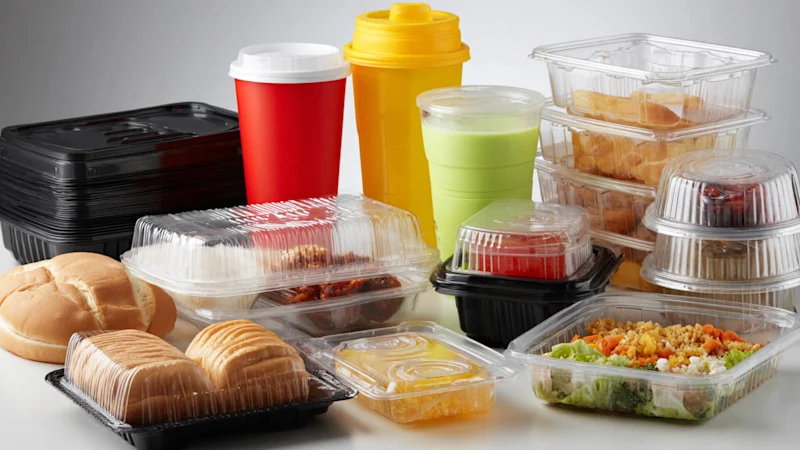
Germany Proposes TNT Environmental Standards Amid Rising Munition Pollution Concerns
Germany's CONMAR-Impact study sets new environmental quality standards for TNT in marine ecosystems, raising industry-wide compliance questions.


The European Food Safety Authority (EFSA) has published a wide-ranging review into the release of microplastics and nanoplastics from food contact materials (FCMs), concluding that current evidence is insufficient to estimate consumer exposure. The review, published on 15 October 2025, scrutinised over 120 studies published since 2015, with significant implications for chemical risk managers, packaging suppliers, and food businesses across the supply chain.
Despite widespread concern, EFSA’s findings indicate that microplastic release from FCMs occurs predominantly through mechanical stress—such as abrasion or friction during regular use—and is not primarily driven by chemical diffusion processes. Notably, nanoplastics (<0.1 μm) remain under-researched, with virtually no reliable data available to assess their occurrence or risk.
A central theme of the review is the methodological inconsistency across published studies. EFSA flagged frequent issues with test conditions, sample handling, and analytical reliability. Many studies were found to overestimate particle counts, often mistaking precipitated additives or oligomers for microplastics. For instance, testing involving hot water followed by cooling and room-temperature filtration has been shown to lead to false positives due to additive precipitation.
EFSA also highlighted the widespread use of non-representative test simulants, such as pure water, and the lack of validation for many analytical techniques. Only a few studies employed robust identification methods like Raman spectroscopy combined with solvent rinsing or procedural blanks.
Mechanical processes were identified as the dominant mechanism of microplastic release. Frictional actions—such as opening bottle caps, sealing Ziploc® bags, or using plastic cutting boards—can cause small quantities of plastic particles to detach. Similarly, fibrous materials like tea bags were found to shed microplastics, especially under high-temperature conditions such as brewing.
However, EFSA emphasised that most reported particle concentrations were considerably lower than sensational figures published in early studies. For example, well-controlled tests of infant feeding bottles found fewer than 3,000 particles per litre under hot-use conditions, with most not derived from the bottle material itself.
Only two studies examined mechanically recycled FCMs, yielding inconclusive results. While one found slightly fewer particles in recycled PET bottles compared to virgin PET, the differences were not statistically significant, and source water variability confounded interpretation.
In its conclusion, EFSA states that no reliable estimate of dietary exposure to MNPs from FCMs can currently be made, and calls for method validation, nanoparticle detection improvements, and testing under realistic use conditions, especially involving fatty foods and non-polar plastics.
Foresight continuously tracks 1000s of sources and maps updates to your portfolio:




Germany's CONMAR-Impact study sets new environmental quality standards for TNT in marine ecosystems, raising industry-wide compliance questions.

EU Member States urge the Commission to accelerate the REACH revision, citing urgent health, environmental, and industry competitiveness needs.

Dutch water authorities call for stronger biocide regulation to protect water quality and meet EU Water Framework Directive goals.
Subscribe to Foresight Weekly and get the latest insights on regulatory changes affecting chemical compliance.
Free forever. Unsubscribe anytime.
Read by professionals at